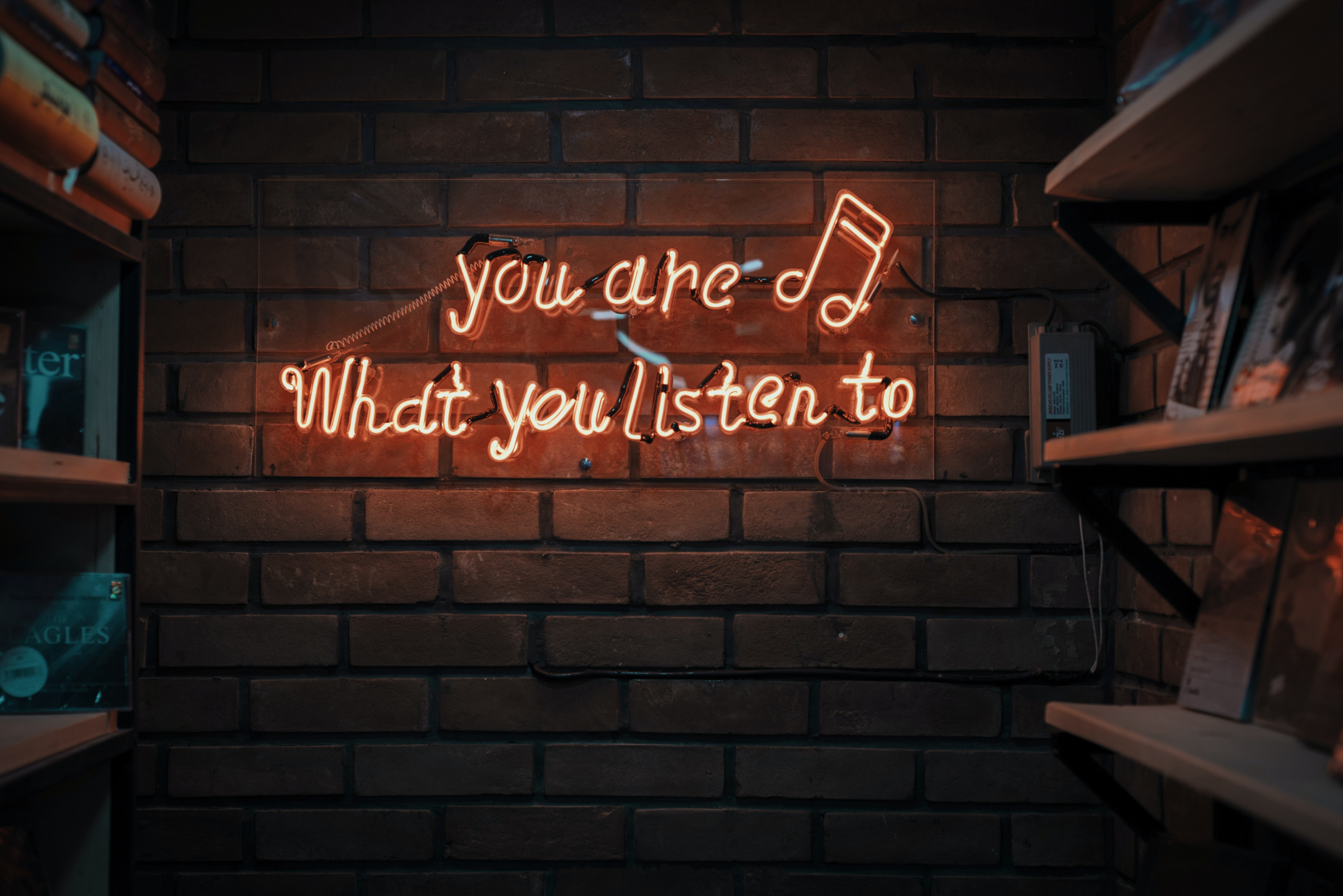Exploring How Voice Cloning Recreates Darth Vader

The familiar, guttural resonance of Darth Vader's voice is instantly recognizable, a sonic signature woven deep into the cultural fabric. It’s not just a sound; it’s a specific frequency modulation, a carefully constructed baritone layered with electronic distortion that speaks of menace and mechanical existence. When we talk about recreating this voice using modern synthetic methods, we are moving beyond simple sound effects; we are engaging with sophisticated signal processing and deep learning models trained on vast amounts of auditory data. It makes one pause and consider the fidelity required to capture not just the timbre, but the very *intent* behind those famous lines.
My own work often involves dissecting audio streams to understand their core components—pitch contour, spectral density, and vocal tract modeling. Replicating James Earl Jones’s delivery for Vader presents a fascinating engineering challenge because the original sound isn't purely natural; it’s an artifact of post-production, deliberately manipulated to sound inhuman yet commanding. We are, in essence, trying to reverse-engineer a deliberate artistic distortion using algorithms that usually strive for perfect, natural replication. How closely can a synthesized model approximate that specific, iconic 'breathing' quality alongside the vocal performance itself?
Let's look closely at the mechanism involved in achieving this level of sonic mimicry, focusing specifically on the synthesis phase after the initial training data has been processed. The system doesn't just stitch together phonemes; it learns the acoustic relationship between Jones's speaking patterns and the required electronic filter set that defines Vader. This involves training a neural network, likely a type of variational autoencoder or a generative adversarial network, on clean recordings of the actor’s voice, perhaps augmented by the already processed film audio. The network maps the input speech features—the mel-spectrograms, for instance—to the target output space, which is the synthesized voice modulated by the Vader vocoder settings. I find the real test lies in the transitions; when the synthesized voice moves from a soft command to a shout, does the electronic overlay remain consistent, or does the synthesis break down and reveal its artificial nature? Achieving that seamless integration of natural human inflection with artificial processing is where the computational heavy lifting truly resides. This requires meticulous tuning of the model's latent space representation of the voice texture.
Furthermore, the specific electronic characteristics of the Vader voice—the low-pass filtering, the resonant peaks introduced to simulate the respirator—must be treated as inherent features of the target voice, not just an external effect applied afterward. If the training data only captures the raw voice, the resulting synthesis will lack the necessary mechanical grit unless the cloning pipeline explicitly incorporates a learned model of that distortion signature. Consider the cadence; Vader often pauses slightly before or after certain consonants, a rhythm that might be subtle but is key to the character's measured delivery. A successful cloning system must learn to reproduce not just the sound of the voice, but the speaker's performance timing as well. It's a fusion of speaker identification and acoustic style transfer, both operating simultaneously on the input audio stream. Many initial attempts sound robotic because they nail the pitch but miss the subtle, learned imperfections that define a unique human performance. We are essentially teaching a machine the art of sounding like a very specific, highly modified person.
More Posts from clonemyvoice.io:
- →How Many Words Can You Speak in 6 Minutes? A Data-Driven Analysis
- →The Impact of Speaking Rate on Voice Cloning Accuracy A 2024 Analysis
- →The Art of Jingle Recreation Reviving 90s Commercial Soundtracks with Modern Voice Cloning Technology
- →Statistical Parametric Synthesis Understanding RHVoice's Approach to Natural Speech Generation
- →7 Proven Voice Modulation Techniques for Professional Voice Over Artists in 2024
- →How Natural Text-to-Speech Voices Capture Child-like Innocence A Technical Analysis of the Shy Girl Voice